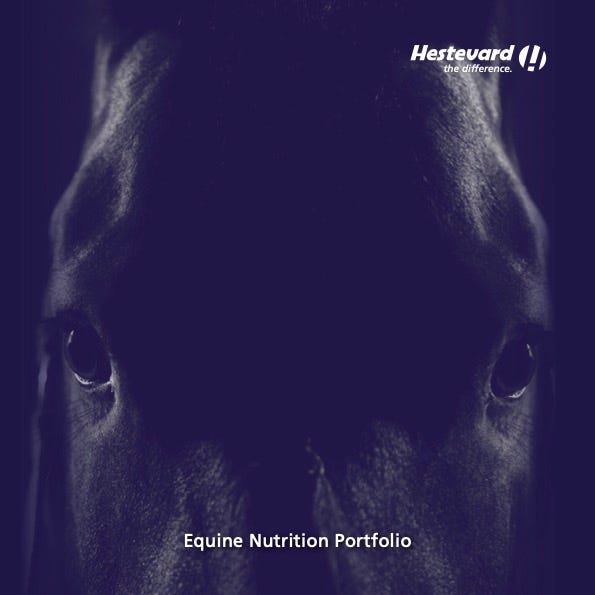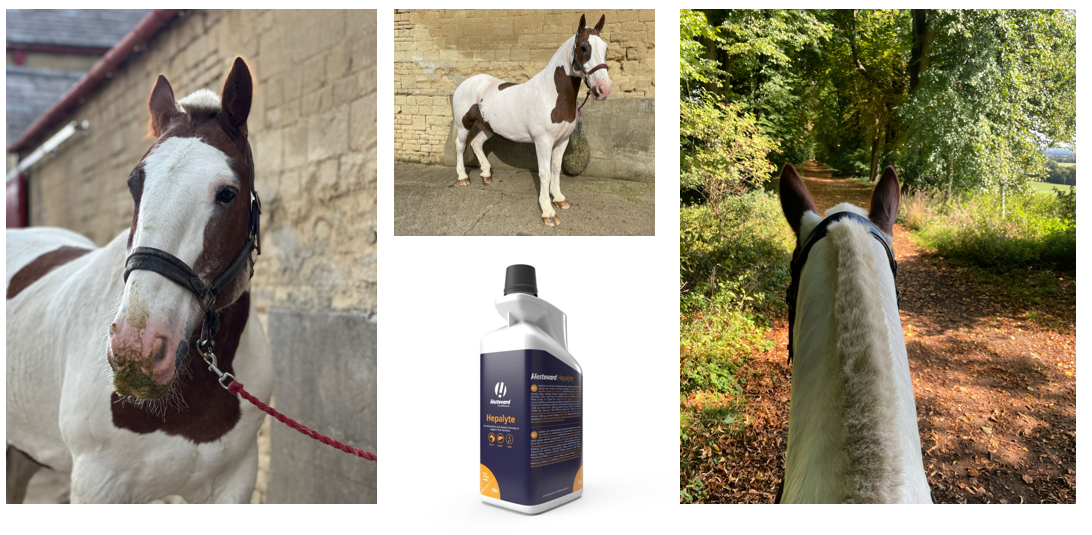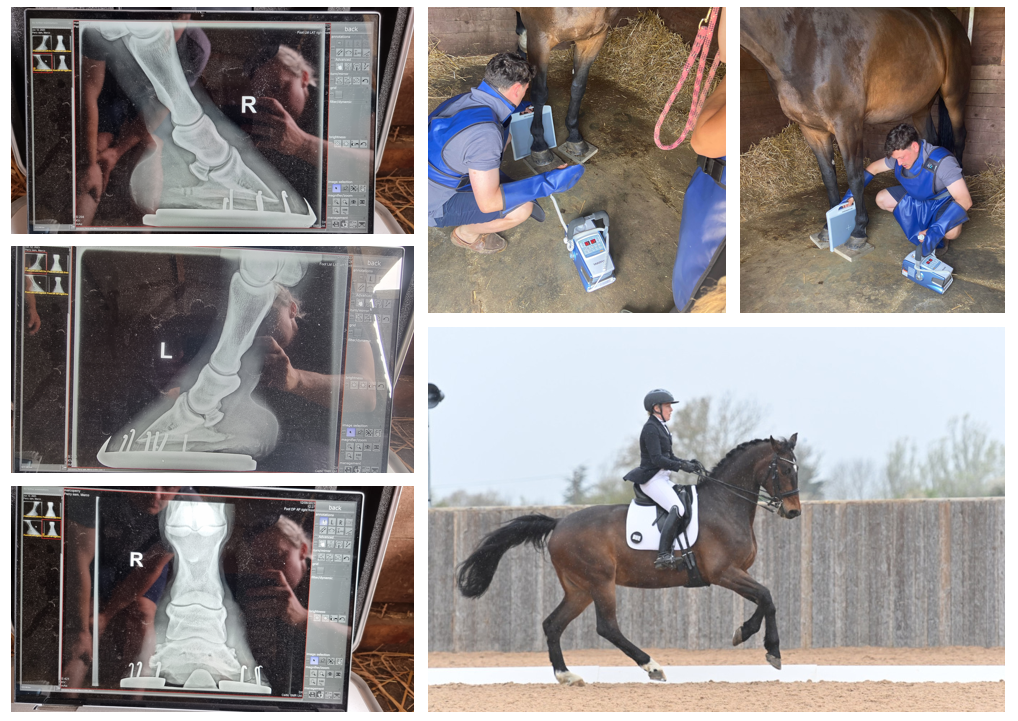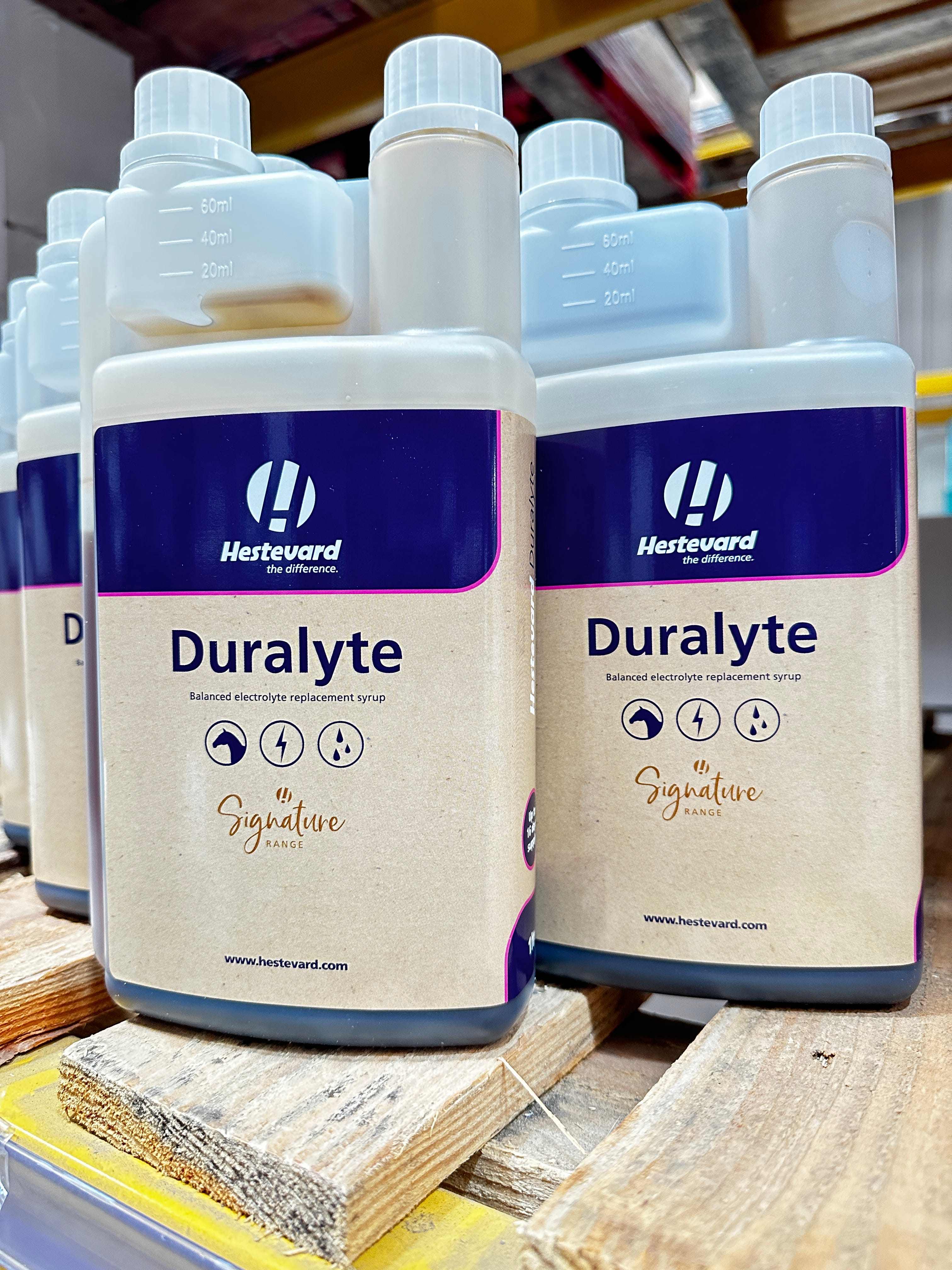BozMerix: How Curcumin and Boswellia support horses’ anti-inflammatory systems


Hestevard BozMerix is a joint support product that is massively growing in popularity within the equestrian industry. It is best recognised for its fast-acting and powerful support given to horses’ natural anti-inflammatory systems.
The efficacy of BozMerix is down to its science-based formula, created using ingredients that have been clinically shown to deliver results.
Curcumin and Boswellia Serrata are two key ingredients in BozMerix. This article explains how Curcumin and Boswellia Serrata interfere with the molecular pathways that lead to inflammation, which ultimately explains why BozMerix is the powerful product it is known to be. In turn, this will help you understand why BozMerix has been labelled ‘magic powder’ by horse owners that use it.
First, there will be a brief explanation of inflammation as understanding the molecular mechanism involved will help illustrate the effectiveness of Curcumin and Boswellia Serrata in inhibiting the inflammatory process.
Inflammation
The inflammatory process consists of a complex innate system that occurs in response to a harmful stimulus. This could be anything from too much heat/cold exposure, ischemia (restriction of blood flow, and thus oxygen, to a body part or organ)/reperfusion (the restoration of blood flow), pathogens, or blunt trauma etc.
The cause of inflammation involves the leakage of water, salt and proteins, activation of endothelial cells (the single layer of cells that line blood vessels); adhesive interactions between leukocytes (white blood cells) and the vascular endothelium, recruitment of leukocytes; activation of tissue macrophages (white blood cells that engulf foreign bodies); activation of platelets; clotting; the release of protease (an enzyme that catalyses proteolysis- the breakdown of proteins into smaller polypeptides); and the release of oxidants from phagocytic cells (macrophages). This complex biological orchestration is how the body attempts to mitigate injury, whether that be due to physical, or chemical causes, infectious organisms, or any other form.
While inflammation and swelling are often useful mechanisms designed to protect the body, excessive swelling, particularly swelling the joints, can cause pain and stiffness which can significantly impact not only performance but the quality of life. What is more, while short term inflammation is effective at quashing foreign bodies/infections/injury etc, long term inflammation can permanently damage the joint which can be detrimental to the working lifespan of a horse.
Inflammation involves a coordinated activation of signalling pathways and the regulation of inflammatory mediator levels in tissue cells and inflammatory cells that are recruited from the blood.
Below is an explanation of how both Curcumin and Boswellia interfere with the signalling pathways involved in the inflammatory process, resulting in reduced swelling, and ultimately contributing to increased orthopaedic comfort.
CURCUMIN
Curcumin (extracted from natural Turmeric) can act through a unique mechanism or a combination of any of the mechanisms that include:
- Inhibition of arachidonic acid metabolism
- Inhibition of Cyclooxygenase (COX)
- Inhibition of Lipoxygenases (LOX)
- Inhibition of cytokines such as TNF-α
- The release of steroid hormones from the adrenal glands
- The stabilization of the lysosomal membrane
- Effect in both vitro and vivo experiments
Arachidonic acid is a polyunsaturated fatty acid found in the cell membranes of most body cells. Following irritation or injury arachidonic acid is released and oxygenated by enzymes. This forms an important group of inflammatory mediators - the eicosanoids (signalling molecules). The release of eicosanoids is a fundamental component of the inflammatory process. Curcumin inhibits the metabolization of Arachidonic acid into eicosanoids.
Cyclooxygenase (COX) catalyses the conversion of arachidonic acid to prostaglandin H2 (PGH2), and in turn, turns into a series of products in various types of cells and with different expressions. Prostaglandins are a group of lipids that are made at the site of tissue damage or infection. Unlike most hormones, which are secreted by glands and transported in the bloodstream, prostaglandins are produced at the site where they are needed e.g. the site of injury.
There are two isoforms of Cyclooxygenase (COX): COX-1 and COX-2. COX-1 is involved in homeostatic processes, whereas COX-2 plays an important role in the inflammatory process and the pain associated with it.
By inhibiting the COX pathway, Curcumin suppresses the proliferation of prostaglandin, and therefore reduces inflammation.
Lipoxygenases (LOX), just like COX, are enzymes involved in the metabolism of arachidonic acid by catalysing the introduction of oxygen at various positions of arachidonic acid. Among the various LOX enzymes is mediated 5-LOX. This metabolite plays an important role in inflammation.
LOX and COX are inflammatory mediators that act on blood vessels and/or cells to promote an inflammatory response.
Curcumin effectively suppresses the release of inflammatory mediators by inhibiting the COX and LOX pathways. This mechanism is one of the reasons why Curcumin is known to have anti-inflammatory properties.
What is more, Curcumin affects the permeability of the lysosomal membrane (cell walls). The lysosomal membrane is made of a single phospholipid bilayer, and it controls the passage of material into and out of lysosomes (membrane-bound cells). The permeability of the lysosomal membrane affects the cell’s ability to handle the process of digesting and excreting cells. Lysosomes have an important role in cellular degradation and the recycling process of old or damaged cells.
Finally, Curcumin also promotes the secretion of steroid hormones. Steroid hormones, such as corticosteroids, which are secreted by the adrenal glands, are responsible for suppressing multiple inflammatory genes that, when activated, contribute to chronic inflammatory diseases.
BOSWELLIA SERATA
The mechanisms of Boswellia include:
- Inhibition of leukotrienes
- Immunomodulation
- Inhibition of Tumour necrosis factor Alpha (TNF-α)
- Regulation of vascular integrity
- Effect in both vitro and vivo experiments
Boswellia, or boswellic acid, has exhibited anti-inflammatory properties, demonstrated in both vitro and in vivo. Vivo refers to the studies with living subjects (animals, plants etc) while Vitro refers to the tests on cells/tissues that have been removed from the living organism.
Triterpenes (a class of chemical compounds) in boswellic acid reduce the synthesis of leukotrienes in neutrophils (a type of white blood cell). Leukotrienes are inflammatory chemicals that the body releases after encountering a harmful stimulus.
Boswellia extracts also cause immunomodulation (a change in the immune response) by regulating t-cells (cells that focuses on specific foreign particles).
Boswellic acid, like Curcumin, also suppresses the proliferation of tissues at the site of inflammation and inhibits the breakdown of connective tissues caused by TNF-α. Tumour necrosis factor Alpha (TNF-α) is a potent inflammatory agent. In addition, Boswellia has been proven to improve blood circulation to the joints, restoring the integrity of damaged blood vessels.
Conclusion
Both Curcumin and Boswellia have been scientifically proven to have effects on inflammatory pathways. Therefore, the supplemental use of these ingredients can be considered an effective way to assist orthopaedic comfort by reducing the pain and stiffness associated with inflammation.
Unlike the traditional drugs of choice with side effects or other consequences, using products such as BozMerix is a natural way of preserving vascular function as well as normal articular, muscular, and joint functions in horses.
References
Alberts B, Johnson A, Lewis J, et al. (2002). Molecular Biology of the Cell. 4th edition. New York: Garland Science. Blood Vessels and Endothelial Cells. https://www.ncbi.nlm.nih.gov/books/NBK26848/
Cho, J. W., Park, K., Kweon, G. R., Jang, B. C., Baek, W. K., Suh, M. H., Kim, C. W., Lee, K. S., & Suh, S. Il. (2005). Curcumin inhibits the expression of COX-2 in UVB-irradiated human keratinocytes (HaCaT) by inhibiting activation of AP-1: p38 MAP kinase and JNK as potential upstream targets. Experimental and Molecular Medicine, 37(3), 186–192. https://doi.org/10.1038/emm.2005.25
Chaplin D. D. (2010). Overview of the immune response. The Journal of allergy and clinical immunology, 125(2 Suppl 2), S3–S23. https://doi.org/10.1016/j.jaci.2009.12.980
Goel, A., Boland, C. R., & Chauhan, D. P. (2001). Specific inhibition of cyclooxygenase-2 (COX2)
expression by dietary curcumin in HT-29 human colon cancer cells. Cancer Letters, 172(2),
111–118. https://doi.org/10.1016/S0304-3835(01)00655-3
Haroyan, A., Mukuchyan, V., Mkrtchyan, N., Minasyan, N., Gasparyan, S., Sargsyan, A., Narimanyan, M., & Hovhannisyan, A. (2018). Efficacy and safety of curcumin and its combination with boswellic acid in osteoarthritis: A comparative, randomized, double-blind, placebo-controlled study. BMC Complementary and Alternative Medicine, 18(1), 1–16. https://doi.org/10.1186/s12906-017-2062-z
He, Y., Yue, Y., Zheng, X., Zhang, K., Chen, S., & Du, Z. (2015). Curcumin, inflammation,
and chronic diseases: How are they linked? Molecules, 20(5), 9183–9213.
https://doi.org/10.3390/molecules20059183
Higgins AJ, Lees P. (1984). The acute inflammatory process, arachidonic acid metabolism and the mode of action of anti-inflammatory drugs. Equine Vet J. 163-75. doi: 10.1111/j.2042-3306.1984.tb01893.x. PMID: 6428879.
Jacob, A., Wu, R., Zhou, M., & Wang, P. (2007). Mechanism of the anti-inflammatory effect
of curcumin: PPAR-γ activation. PPAR Research, 2007. https://doi.org/10.1155/2007/89369







